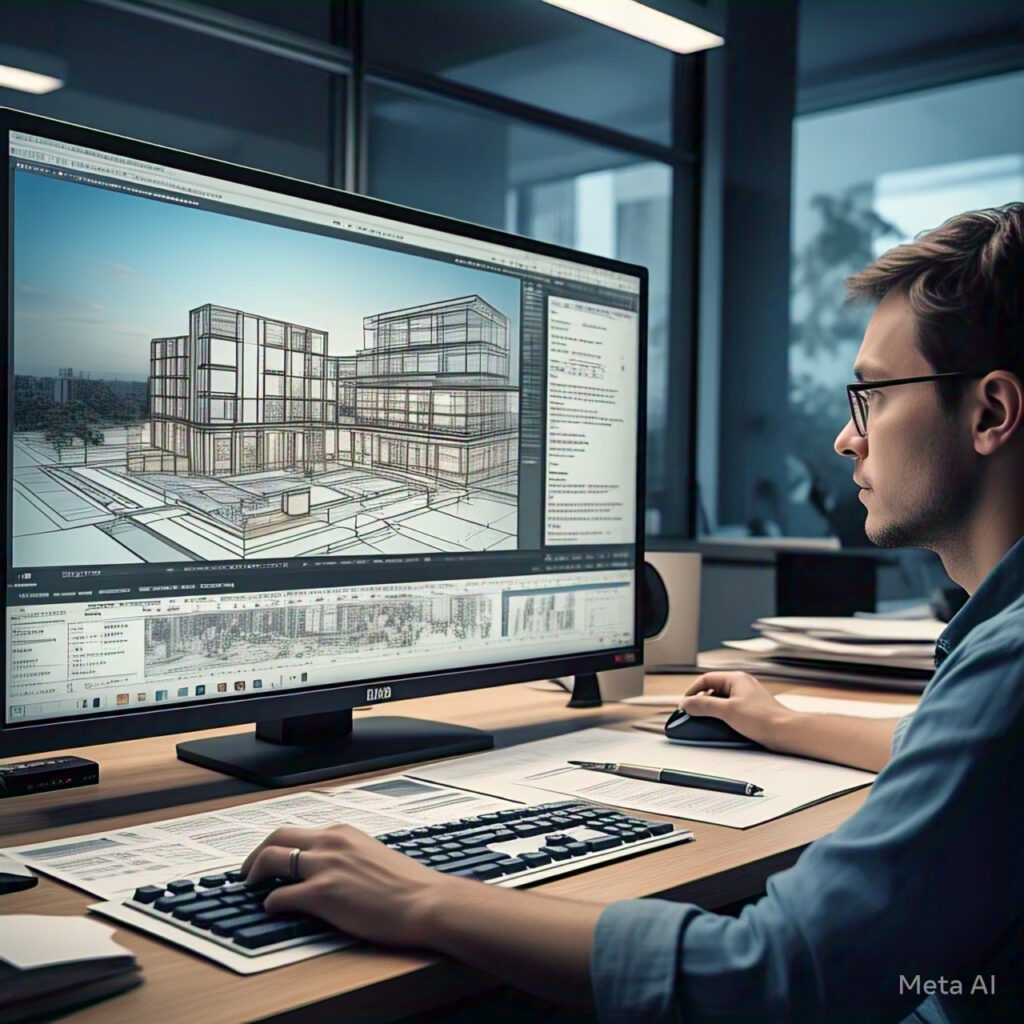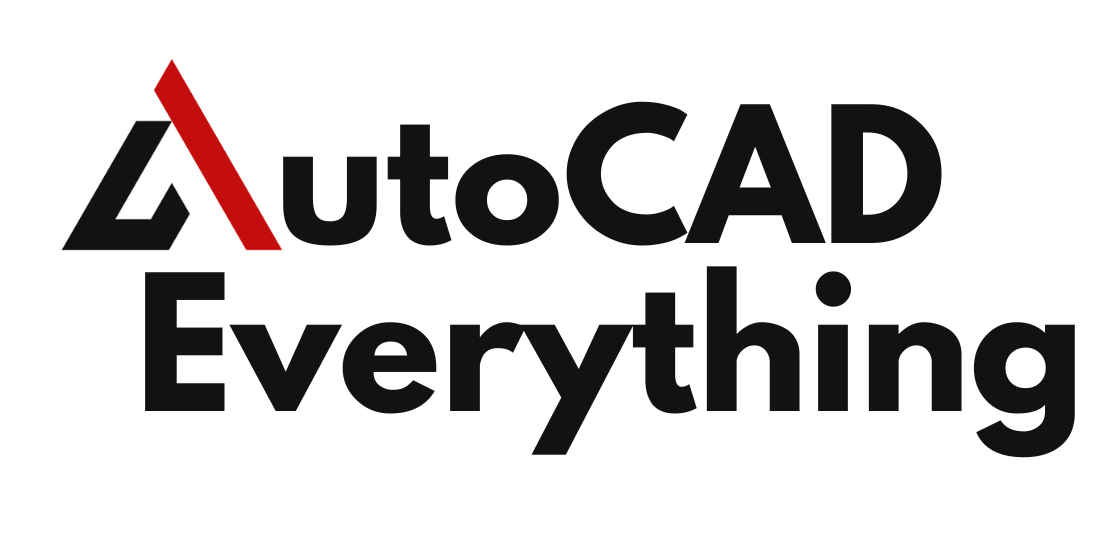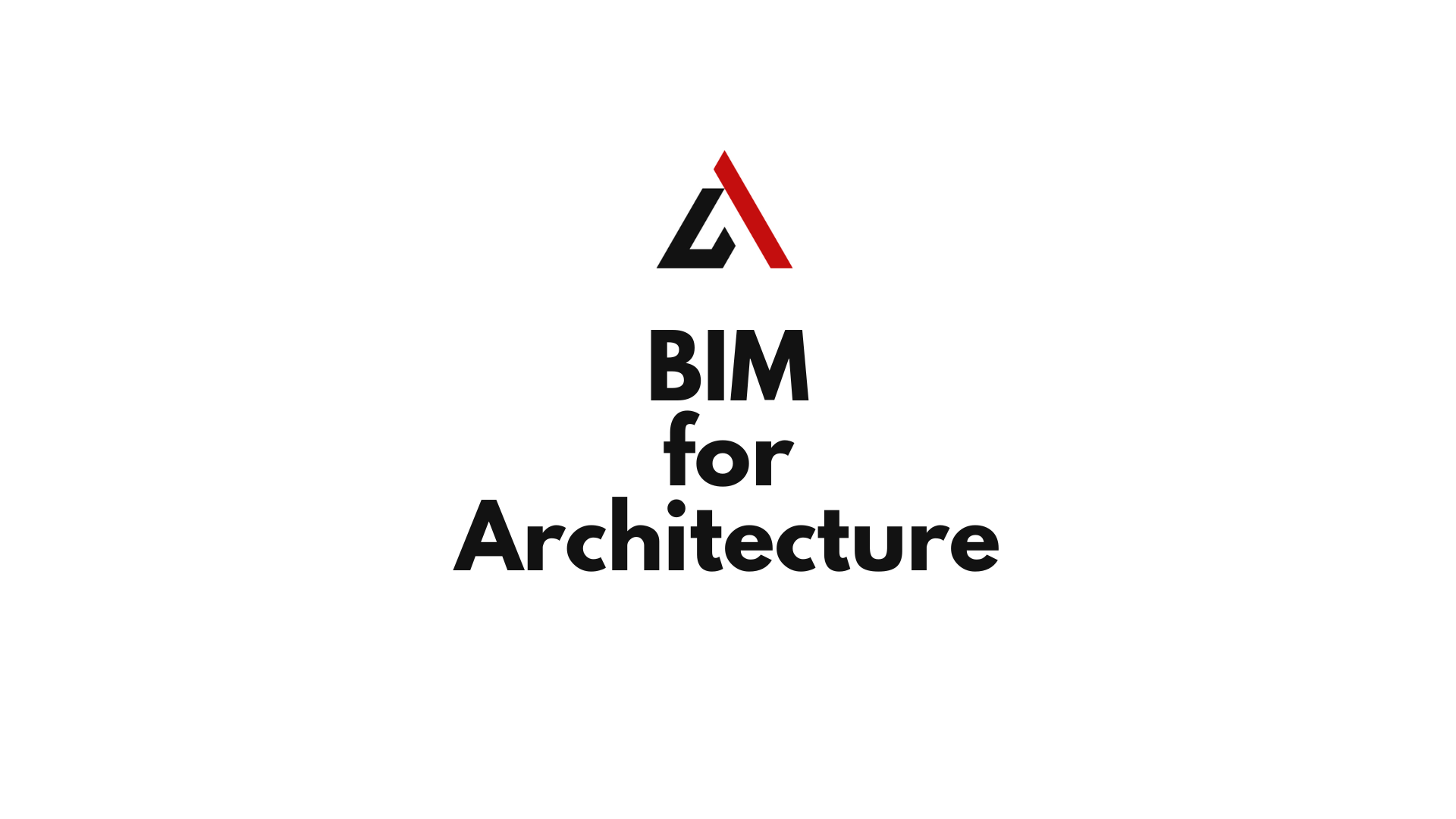Introduction
The architectural design process has evolved significantly with the adoption of Building Information Modeling (BIM). Unlike traditional 2D drafting, BIM enables architects to create intelligent 3D models that integrate data, design elements, and real-world performance insights.
With BIM for architecture, architects can:
- Improve design accuracy and collaboration.
- Enhance building visualization and client presentations.
- Optimize sustainability and energy efficiency.
- Streamline construction documentation and cost estimation.
This article explores how BIM is revolutionizing architectural workflows, from concept development to construction planning.
Table of Contents
What is BIM for Architecture?
Building Information Modeling (BIM) for architecture is a digital methodology that enables architects to design, document, and analyze building projects in a data-rich 3D environment. Unlike traditional CAD drafting, BIM offers:

✅ Parametric Modeling – Any change in one part of the design automatically updates throughout the model.
✅ Multi-Discipline Collaboration – Architects can coordinate with structural engineers, MEP designers, and contractors.
✅ Data-Driven Design – Integrates real-world performance insights like lighting, acoustics, and energy efficiency.
✅ Automated Documentation – Generates floor plans, sections, elevations, and schedules dynamically.
✅ Visualization & Rendering – Helps create realistic 3D models and immersive walkthroughs for presentations.
By using BIM software like Revit, Archicad, and Vectorworks, architects can streamline design processes and reduce errors before construction begins.
Key Benefits of BIM in Architectural Design
1. Improved Design Accuracy & Coordination
BIM helps architects create precise, coordinated designs that integrate multiple disciplines in one shared model.
- Detects conflicts early between architecture, structure, and MEP systems.
- Reduces errors and rework, improving project efficiency.
- Ensures compliance with building codes and regulations.
👉 Example: An architect using Revit can collaborate with a structural engineer in Tekla to prevent clashes between steel framing and ductwork.
2. Enhanced Visualization & Client Presentations
With BIM, architects can generate stunning 3D renderings, VR walkthroughs, and real-time visualizations.
- Improves client engagement by providing immersive design previews.
- Reduces misunderstandings by allowing stakeholders to explore the building before construction.
- Enhances marketing with high-quality visual content.
👉 Example: An architect can use Enscape for Revit or Twinmotion for Archicad to create real-time walkthroughs for client presentations.
3. Sustainable Design & Energy Efficiency
BIM helps architects design environmentally friendly buildings with energy simulations and material analysis.
- Optimizes solar exposure and daylighting to reduce energy consumption.
- Analyzes HVAC performance for better indoor air quality.
- Supports LEED certification and sustainable construction practices.
👉 Example: A firm using Autodesk Insight or IESVE can analyze a building’s thermal performance and recommend energy-efficient design solutions.
4. Streamlined Construction Documentation
BIM automates the generation of construction documents, reducing errors and inconsistencies.
- Creates precise drawings including floor plans, elevations, and sections.
- Automates material takeoffs, ensuring accurate cost estimation.
- Reduces time spent on manual updates, improving workflow efficiency.
👉 Example: A BIM model in Allplan can automatically update construction documentation when the design changes.
5. Cost Estimation & Budget Optimization
Using 5D BIM, architects can integrate cost estimation into the design process.
- Generates real-time cost data, improving budget accuracy.
- Reduces material waste by optimizing material use.
- Helps compare design alternatives for cost-effectiveness.
👉 Example: A firm using BIM 360 Cost Management can track project budgets and forecast material expenses.
BIM Workflow in Architectural Design
Step 1: Conceptual Design & Massing Studies
- Architects start with basic forms and volumetric studies in BIM.
- Tools Used: SketchUp, Rhino, FormIt, Revit Massing
Step 2: Detailed Architectural Modeling
- Walls, doors, windows, and structural elements are added.
- Tools Used: Revit, Archicad, Vectorworks
Step 3: Performance & Sustainability Analysis
- Energy, lighting, and material properties are analyzed.
- Tools Used: Autodesk Insight, IESVE, Sefaira
Step 4: Construction Documentation & Schedules
- BIM models generate floor plans, sections, and elevations automatically.
- Tools Used: Revit, Allplan, Tekla
Step 5: Visualization & Client Presentation
- High-quality renderings, VR walkthroughs, and animations are created.
- Tools Used: Twinmotion, Lumion, Enscape
Step 6: Construction & Facility Management
- BIM data is used for on-site construction, facility management, and maintenance.
- Tools Used: BIM 360, Navisworks, Digital Twins
Best BIM Software for Architects
| Software | Best For | Key Features | User Base |
|---|---|---|---|
| Revit | Full BIM workflow | Parametric modeling, multi-discipline coordination | Architects, Engineers |
| Archicad | Architectural design | OpenBIM workflow, visualization tools | Architects, Designers |
| Vectorworks | Hybrid 2D/3D modeling | Flexible drafting, strong rendering | Interior Designers, Architects |
| SketchUp Studio | Conceptual modeling | Intuitive interface, BIM-compatible | Concept Designers |
| Twinmotion/Lumion | Visualization & rendering | Real-time photorealistic rendering | Architects, Presentation Teams |
Future of BIM in Architecture
1. Artificial Intelligence & Generative Design
- AI-powered tools like Autodesk Spacemaker will suggest optimized building layouts.
2. Digital Twins & Smart Buildings
- IoT-connected BIM models will help manage building operations in real time.
3. Augmented & Virtual Reality
- VR & AR walkthroughs will allow clients to experience designs before construction.
4. Parametric & Computational Design
- Tools like Dynamo for Revit and Grasshopper for Rhino will automate complex design tasks.
FAQs About BIM for Architecture
1. How is BIM different from CAD?
BIM creates intelligent, data-driven 3D models, whereas CAD only produces 2D drawings without real-world information.
2. What are the best BIM software tools for architects?
Popular choices include Revit, Archicad, Vectorworks, and SketchUp Studio.
3. How does BIM improve collaboration in architecture?
BIM allows real-time coordination between architects, engineers, and contractors, reducing errors and project delays.
4. Can BIM be used for renovations and historical buildings?
Yes, BIM can be used to scan existing buildings using point clouds and create renovation models.
5. Is BIM required for architectural projects?
Many countries now mandate BIM for public projects, and private firms are rapidly adopting it for efficiency.
Conclusion
BIM is revolutionizing architectural design, offering improved accuracy, collaboration, and visualization. Whether designing skyscrapers, homes, or urban landscapes, architects can leverage BIM to enhance creativity and efficiency.
If you’re an architect looking to adopt BIM, investing in Revit, Archicad, or Vectorworks will streamline your workflow and future-proof your projects. 🚀

